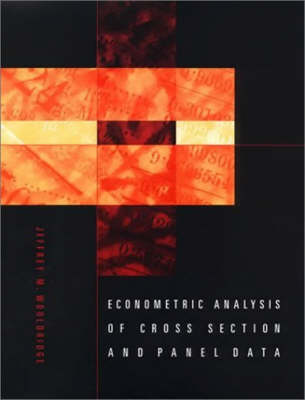The MIT Press
2 total works
Econometric Analysis of Cross Section and Panel Data
by Jeffrey M. Wooldridge
This graduate text provides an intuitive but rigorous treatment of contemporary methods used in microeconometric research. The book makes clear that applied microeconometrics is about the estimation of marginal and treatment effects, and that parametric estimation is simply a means to this end. It also clarifies the distinction between causality and statistical association. The book focuses specifically on cross section and panel data methods. Population assumptions are stated separately from sampling assumptions, leading to simple statements as well as to important insights. The unified approach to linear and nonlinear models and to cross section and panel data enables straightforward coverage of more advanced methods. The numerous end-of-chapter problems are an important component of the book. Some problems contain important points not fully described in the text, and others cover new ideas that can be analyzed using tools presented in the current and previous chapters. Several problems require the use of the data sets located at the author's website.

